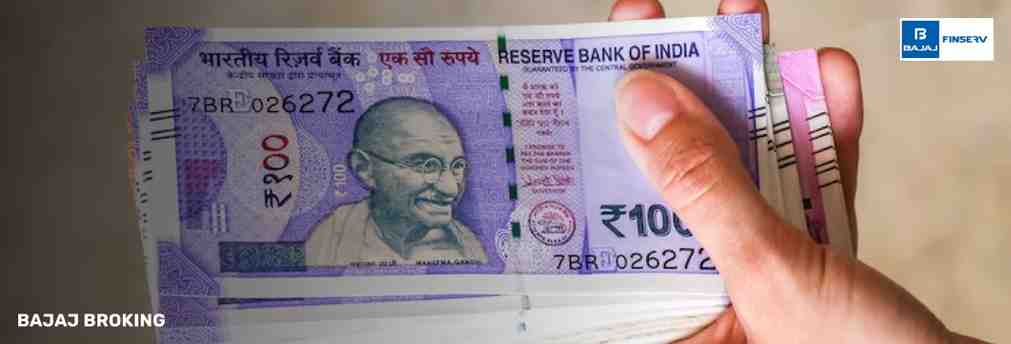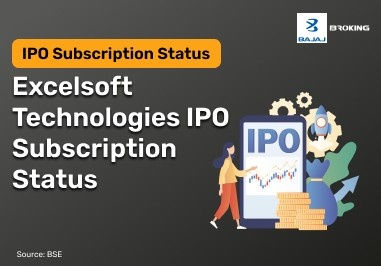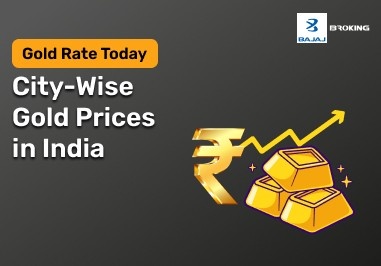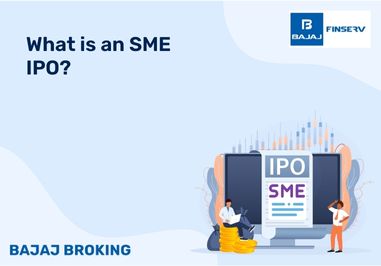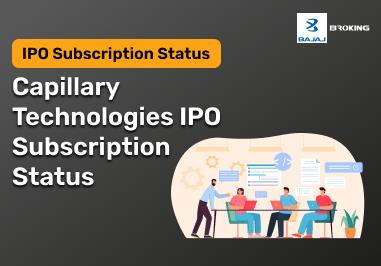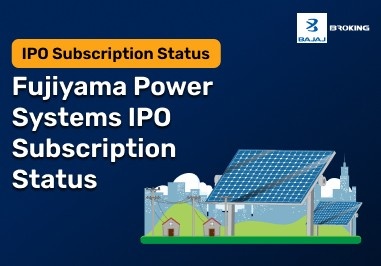When you enter into a futures or options contract, how the contract settles matters more than it might seem at first. That’s where cash settlement and physical delivery come into play. Each method offers a different way to close a trade at expiry—either by paying the price difference or exchanging the actual asset. For some, it’s about simplifying transactions and avoiding logistics. For others, it’s about gaining ownership of the underlying commodity or security. As an Indian trader or investor, you may already be dealing with contracts that follow one of these settlement routes. But do you know what really sets them apart, and how to decide which one fits your needs best? This article is designed to help you understand the differences, implications, and applications of both cash settlement and physical delivery so you can make more informed choices in your trading or investment journey.
What is cash settlement?
Cash settlement refers to a method where the obligations of a financial contract are settled without the actual delivery of the underlying asset. Instead of exchanging stocks, commodities, or currencies, the difference between the contract price and the market price at expiry is paid in cash.
If you’re someone who wants to avoid the logistics of receiving or delivering physical assets—be it shares or commodities—cash settlement offers a cleaner, quicker process. This method is popular in futures and options trading, particularly for indices, where delivering the underlying asset isn’t practical.
Here’s how it works: if you hold a long position in a futures contract and the market price is higher at expiry, you receive the difference in cash. If the price falls, you pay the difference. The reverse applies for short positions. No shares or commodities change hands.
This type of settlement is standard in most index-based contracts in India, such as Nifty or Bank Nifty derivatives. Cash settlement is also easier from a tax and compliance perspective, particularly for retail traders. However, the method assumes that you’re trading for price speculation or hedging, not for actual ownership of the asset.
It helps simplify transactions, reduce operational overhead, and lower the cost of settlement—making it a preferred route for many active market participants.
What is physical delivery?
Physical delivery is a settlement method where the actual asset—such as stocks, commodities, or currency—is exchanged between the buyer and seller upon expiry of the contract. Unlike cash settlement, this method involves the transfer of ownership, not just the price difference.
In India, physical delivery has become more common in equity derivatives since SEBI mandated its implementation for stock F&O contracts. This means if you hold a long position in a stock futures contract at expiry, you will receive those shares in your demat account. If you hold a short position, you must ensure you have the shares to deliver.
The key thing to understand here is that physical delivery brings accountability. It’s not just a paper trade—you’ll actually take delivery or need to deliver the security. That adds complexity but also realism to your trades. You must have sufficient margins, holdings, or funding in place.
In commodity trading, physical delivery is standard for contracts like gold, crude oil, or agricultural products. It ensures that the end-user actually receives the product, often through designated warehouses or delivery centers.
This method suits investors who are not just speculating but want to own the underlying asset or fulfil hedging obligations. However, it requires more planning and a better understanding of regulatory, operational, and logistical requirements.
If your trading goal involves long-term ownership, or you’re managing risk for a business that uses physical goods, this method might align more with your strategy.
Key differences between cash settlement and physical delivery
Understanding how these two methods differ can help you choose what aligns with your trading style, goals, and regulatory compliance. Here’s a table that breaks down the most important distinctions.
Criteria
| Cash Settlement
| Physical Delivery
|
Nature of settlement
| Only the price difference is paid or received in cash
| The actual asset is delivered or received
|
Ownership of asset
| No change in asset ownership
| Buyer gains, and seller transfers ownership
|
Usage
| Common in index derivatives and speculative trades
| Common in stock F&O and commodities trading
|
Margin and collateral requirements
| Lower, as no asset delivery is needed
| Higher, due to need for asset transfer or availability
|
Logistics involved
| None
| Includes warehousing, demat, or physical handling
|
Flexibility
| High – can exit positions easily
| Lower – requires planning and readiness for delivery
|
Settlement risk
| Minimal
| Higher, due to delivery failures or non-availability
|
Each method serves a different purpose. Cash settlement supports ease and liquidity, while physical delivery ensures asset-backed accountability.
Advantages and disadvantages of each settlement method
When choosing between cash settlement and physical delivery, it's important to evaluate the pros and cons. Both have distinct features that may or may not align with your trading objectives. Below are key pointers to guide your decision.
Before going through the points, think about your investment goals—are you trading for short-term gains, or do you seek to hold the actual asset?
Cash settlement advantages
Cash settlement simplifies trades and avoids logistics. You can easily speculate on price movements without worrying about asset transfer. This method is well-suited for short-term traders who prefer quick execution and minimal paperwork.
Cash settlement disadvantages
You won’t own the underlying asset. This limits your ability to benefit from dividends, voting rights, or usage in a real-world business. Also, during volatile markets, price swings can result in unpredictable cash flows.
Physical delivery advantages
You get the actual asset, which can be used, held, or further traded. It adds authenticity to your position and is useful for businesses that consume the asset, such as manufacturers or exporters.
Physical delivery disadvantages
It requires planning, higher margins, and operational readiness. For retail traders, the process may feel complex or inconvenient, especially if storage or demat arrangements aren’t in place.
Who should use what
If you’re trading frequently or on indices, cash settlement is easier. If you’re a hedger or long-term investor who wants delivery of goods or stocks, physical delivery makes more sense.
Use cases: When to choose cash settlement or physical delivery
Your choice between these two settlement types should be based on why you’re entering the contract in the first place. Are you speculating, hedging, or investing? Here’s a deeper look into situations where each method might suit you better.
Before scanning the list, assess your risk tolerance, intent behind the trade, and how much operational effort you’re ready to commit.
Cash settlement for index derivatives
If you trade Nifty or Bank Nifty options or futures, cash settlement is the standard and easiest route. You never have to worry about taking delivery, which keeps things clean and efficient.
Cash settlement for short-term speculative trades
For traders who want to benefit from price swings in the short run without owning the asset, cash settlement provides flexibility and speed of execution.
Physical delivery in stock futures
If you want to eventually own the underlying shares and hold them in your demat account, opting for physical delivery at expiry aligns with your goal.
Physical delivery in commodity contracts
For businesses that consume raw materials—like gold, wheat, or crude oil—physical delivery ensures that hedging translates into actual asset acquisition, not just financial compensation.
Choosing based on trading frequency
If you’re an occasional trader with specific buying intentions, physical delivery may be worth considering. Frequent traders who roll over positions may find cash settlement more practical.
Regulatory framework in India
In India, settlement methods are governed by SEBI (Securities and Exchange Board of India), which ensures fair and transparent operations across capital markets. The regulatory body has mandated physical delivery for stock derivatives to reduce excessive speculation and increase market discipline.
Cash settlement continues to be allowed for index derivatives, as physical delivery isn’t feasible for composite benchmarks like Nifty or Sensex. In commodities, exchanges like MCX and NCDEX follow SEBI’s framework for delivery standards, including warehousing, grading, and quality verification.
Market infrastructure institutions like NSCCL and ICCL manage the clearing and settlement processes. They ensure that the obligations of buyers and sellers are met and that delivery procedures are secure and systematic.
As an Indian trader, you are required to maintain adequate margins and comply with position limits, especially if your trade might end in physical delivery. It's important to stay informed about circulars issued by SEBI and your trading platform.
Conclusion
Cash settlement and physical delivery serve different purposes in India’s financial markets. Your decision to use one over the other should reflect your trading goals, investment style, and operational readiness. While cash settlement offers convenience and speed, physical delivery brings asset ownership and real-world application. Understanding both methods empowers you to make informed, practical decisions for your trading journey, whether you’re speculating, investing, or hedging risk.
